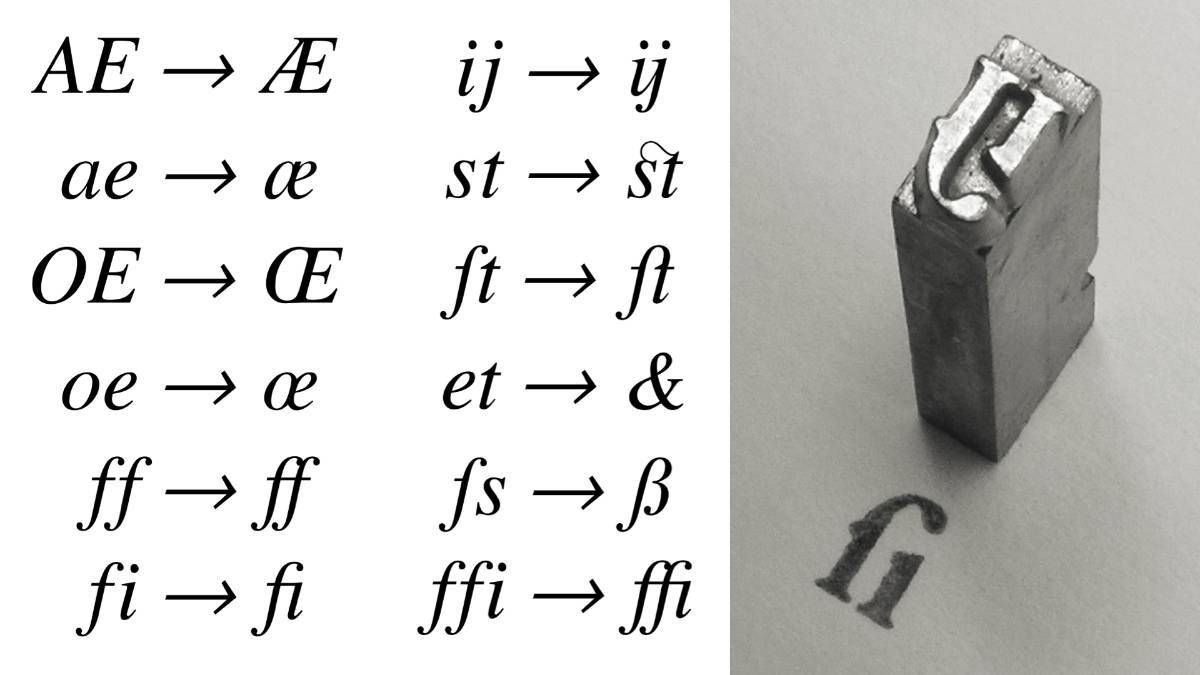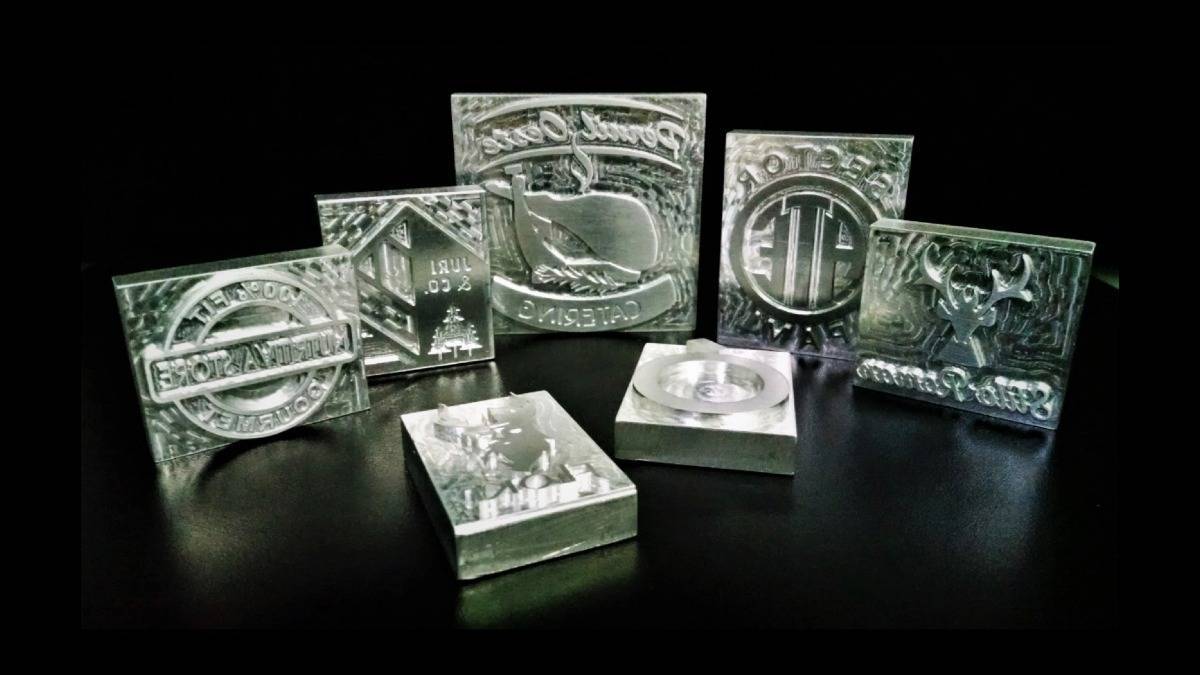What is a Logotype and What is a Logo
Are “logo” and “logotype” the same thing? Where did these words come from, and what do they refer to today?

Editor's Selection
Below, we see two brands. The general public refers to either of these signs as a “logo.” However, professionals know that only one of them is a logotype: the one for Coca-Cola. Because the Shell symbol is not a logotype.

But isn’t the word “logo” just a kind of shorthand for “logotype”? Yes and no. The problem with words in branding is that they become established through usage, which sometimes conflicts with their etymological origin and technical precision. Where does the word logotype come from?
Etymological Origin of “Logotype”
Logotype is a word formed from two Greek roots: logos and typos. Logos has several meanings, but in Latin, it was translated as “word” or “verb.” Typos also has various meanings, closely aligned with the sense we give this word in the field of design. A logotype would be a “word-stamp,” a “word-mold,” or a “word-mark.” And who came up with this word?
With the invention of movable type printing, printers began to notice that certain letter combinations could be improved by creating special ligatures. Thus, they developed unique movable types that, instead of containing a single letter or character, could include two or more, or even entire commonly used words.

In the world of typographic printing, these movable types with specially ligatured letters were known as “logotypes.” A movable type with more than one letter would be a logotype in the original sense of the term, as it aligns with its etymological origin: a word-matrix or word-mold that is inked and pressed against paper to leave an impression.

Probably around the same time, printers likely began creating raised, engraved matrices to print their own marks using the same principle as movable type (inking the composition of lead types and pressing it onto paper). Until a few years ago, when typographic printing was still in use, these matrices were known as clichés, at least here in Argentina. To print a mark on a business card, you needed a cliché.
I cannot say for certain, but it makes sense to suppose that the idea of the lead logotype (the type containing two or more letters) merged with the concept of the cliché, and brands, when entering the printing process, adopted the name logotype. After all, printing a graphic mark required a matrix, a kind of movable type for a word.
The Meaning of the Word Logo
We now know the etymological origin, but how did we come to call logotypes logotypes? The currently accepted professional definition states that a logotype is “the graphic representation of a brand’s name” or “the established form of writing the name.” In this sense, graphic symbols (also called ‘logomarks’), like the one for Shell, are not logotypes, as they fall outside this definition.
So, what is a logo? I’ve always taken this contraction as an affectionate way of referring to a logotype, a kind of diminutive. In fact, during my student days, there was a second, more informal meaning, not only for “logo” but also for “logotype”: “How much is a logo worth?” “How much is a logotype worth?” we would ask, using either term to refer to any type of brandmark, not just logotypes. Professors and professionals also used it this way, but always with a humorous tone, making it clear it was a colloquial, non-technical usage.
However, in recent years, in both technical and informal texts, the word “logo” has shifted in meaning. It is now used to refer to any type of mark. A logo in English is definitely not a synonym for logotype but rather any kind of brand mark. The word trademark exists, but it is used less and less. In English, they don’t have the typical confusion experienced in Spanish between “marca” (conceptual brand) and “marca gráfica,” as they use “brand” and “logo.”
Let’s return to the etymological origin: if a logotype is a “wordmark,” then what is a logo? Would be just a word? That doesn’t make much sense. It’s true that language doesn’t always evolve logically, but shouldn’t experts—whether academics or practitioners of a profession—define the correct meaning of words, at least within their field of expertise, regardless of the meanings the public assigns to them?
How to Refer to Brandmarks
I believe it is more appropriate to continue using the words “brandmark”, “graphic brand” or “graphic mark” to reduce the risk of confusion with the concept of brand (brand identity). If you say “graphic brand,” it’s clear you’re not talking about the company or the product but about the graphic signs used to identify them. There are also other ways to refer to them without inventing new words, and they are understandable to everyone: “identifying signs”, “graphic identifiers”, etc.
“Logo” is an incorrect word; it’s not a technical term, it’s unclear, it’s confusing, it’s unnecessary, and it diminishes the meaning of the word logotype, which is just one of several types of marks types.1
This article was originally written in Spanish and adapted for English using AI to facilitate global dissemination.
Professional Excellence
If you are looking for content with this level of rigor, you will be interested in our academic offer. Courses designed to meet the real demands of the profession.
View Academic OfferShare
Please value the editorial work by using these links instead of reproducing this content on another site.

- See the articles Typological Thinking in Logo Design, by Norberto Chaves, and How to Choose the Right Type for Your Logo, by Luciano Cassisi.
Topics covered in this article
What do you think?
Your perspective is valuable. Share your opinion with the community in the discussion.
Comment now!


